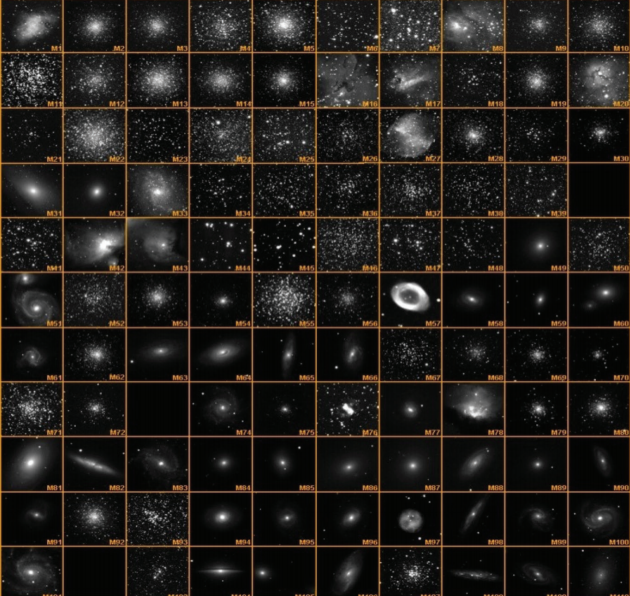Nebulous (deep sky) objects. Messier Catalog
It is natural to pay the greatest attention to the brightest stars, but they are far from being the only interesting objects in the sky. With a telescope you can see countless smaller stars; you can see planets, satellites, asteroids, comets. While looking for new comets, a French astronomer named Charles Messier noticed that there were still motionless objects in the sky that resembled comets. Then he began to number them and mark them on his star maps. This is how the famous " Messier Catalog" started. In its final version it consists of 110 such "nebulous" or "deep sky" objects. Today we divide these objects into star clusters, nebulae and galaxies, and they are a matter of particular interest among both professional and amateur astronomers.
MESSIER CATALOG
The Messier Catalog is the first catalog of astronomical objects from the deep cosmos compiled and published by the French astronomer Charles Messier in the 18th century. The objects have been observed and described by Messier and his friend and assistant Pierre Méchain.

Different astronomical objects, including spiral and elliptical galaxies (39), nebulae (7), planetary nebulae (5), scattered and globular star clusters (55) are included in the catalog. The objects in the catalog are not sorted by type or location. The numbers are given in order of observation or detection of the object. Later, in the honor of Messier, the catalog was called the "Messier Catalog" and the objects were marked with the letter "M" and their serial number (from M1 to M110).


